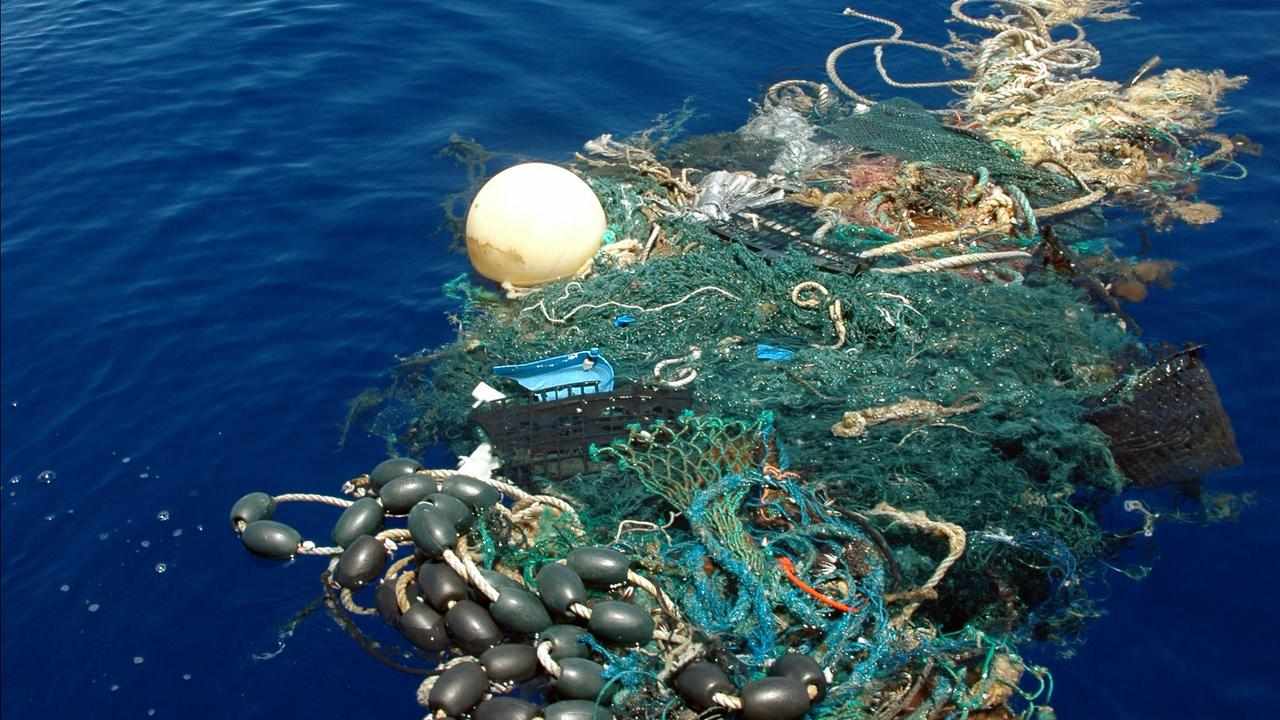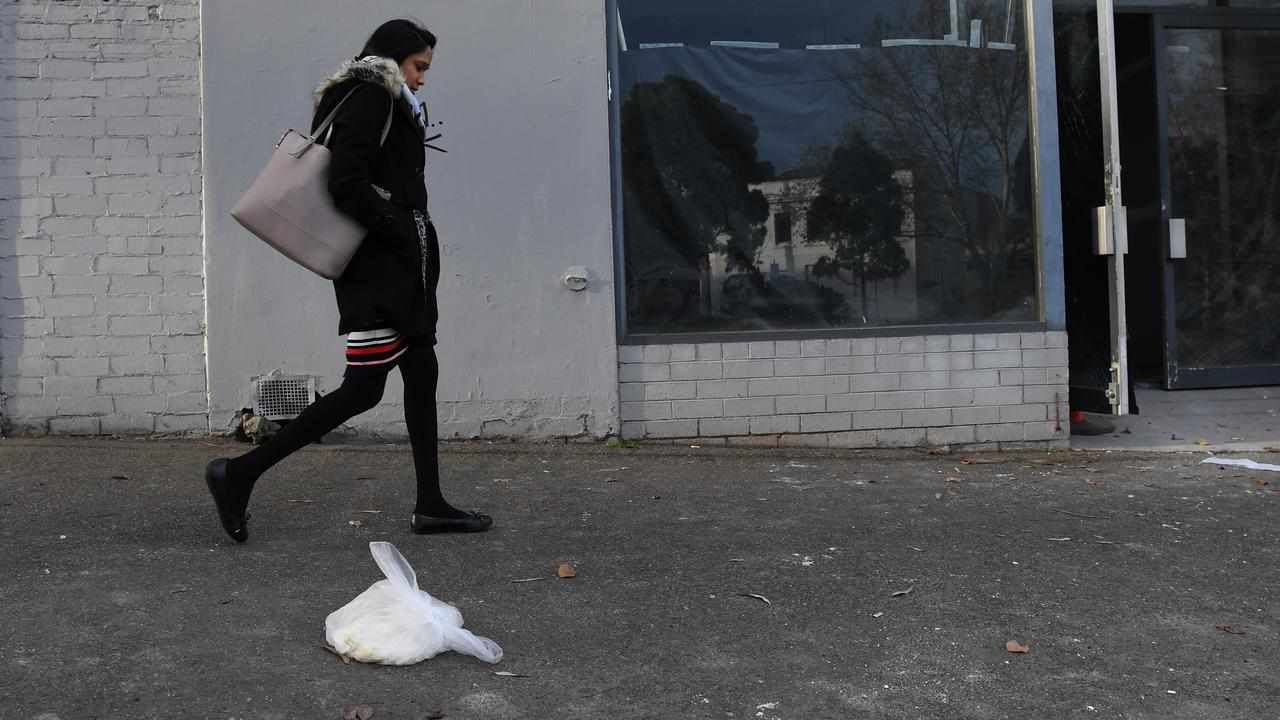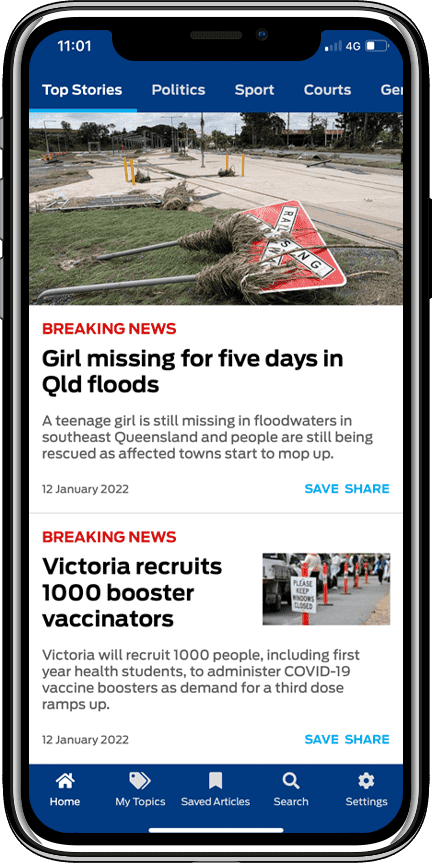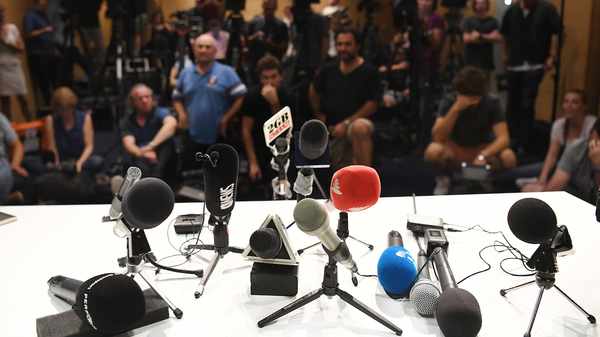In 1997, Captain Charles Moore was returning from a trans-Pacific race when he made a shocking discovery in a remote part of the ocean.
Before him was a truly gigantic, floating mass of mostly plastic waste he dubbed the Great Pacific Garbage Patch.
Similar garbage patches are now known to exist in all five of the earth's swirling gyres in the Pacific, Atlantic and Indian oceans - inescapable evidence of society's unabated addition to plastic.

But what is happening beneath the waves and swell on the ocean floor?
A new world-first study, involving Australia's CSIRO and Canada's University of Toronto, suggests it's more of the same - only worse.
They suggest the global ocean floor is littered with up to 100 times more plastic than what is on the surface - between three and 11 million metric tonnes of the toxic stuff.
CSIRO senior scientist Dr Denise Hardesty contributed to the work and has a clever comparison to make sense of the numbers.
"A previous estimate calculated there are more than 5 trillion pieces of plastic floating around on the ocean surface. That's more, in weight, than 11 Statues of Liberty," she said.
"We found between 10 and 100 times more plastic on the ocean floor than that."
Dr Hardesty said the estimate was conservative but indicative of the scale of the invisible problem.
"While there has been a previous estimate of microplastics on the sea floor, this research looks at larger items, from nets and cups to plastic bags and everything in between," she said.
"Most of it is around our continents, in the shallower areas. That's not a huge surprise because that's where people are."
The estimate was produced by a predictive model based on data gathered by remotely operated vehicles.
About half of that predicted plastic mass sits at a depth of less than 200 metres.

University of Toronto researcher Alice Zhu led the study and said it would help plug a longstanding knowledge gap.
"Understanding the driving forces behind the transport and accumulation of plastic in the deep ocean will help to inform source reduction and environmental remediation efforts, thereby reducing the risks that plastic pollution may pose to marine life," she said.
Previous work by the CSIRO has estimated 14 million tonnes of microplastics - tiny pieces less than 5 millimetres long - lie on the ocean floor.
And there is a mountain of science on the harm plastic pollution poses to the health of humans, animals and plants in all environments.
Despite that, global plastic production still sits at 430 million tonnes a year, with two thirds of that used to make short-lived products that will wind up in the environment and work their way into the human food chain.
In 2022, the OECD said the amount of plastic waste produced globally was on track to almost triple by 2060, with less than a fifth to be recycled.
But Dr Hardesty is hopeful growing consumer desire to do better will translate into better outcomes, as the world gets behind a binding treaty to end plastic pollution.
"We are in an unprecedented time, not only in terms of plastic production and usage, but also in terms of the opportunity to create and embed change," she said.
"Consumers need to understand that the ocean floor is becoming a final resting place for plastic goods that very often have been in momentary use.
"And consumers need to understand they have real power to create change."









